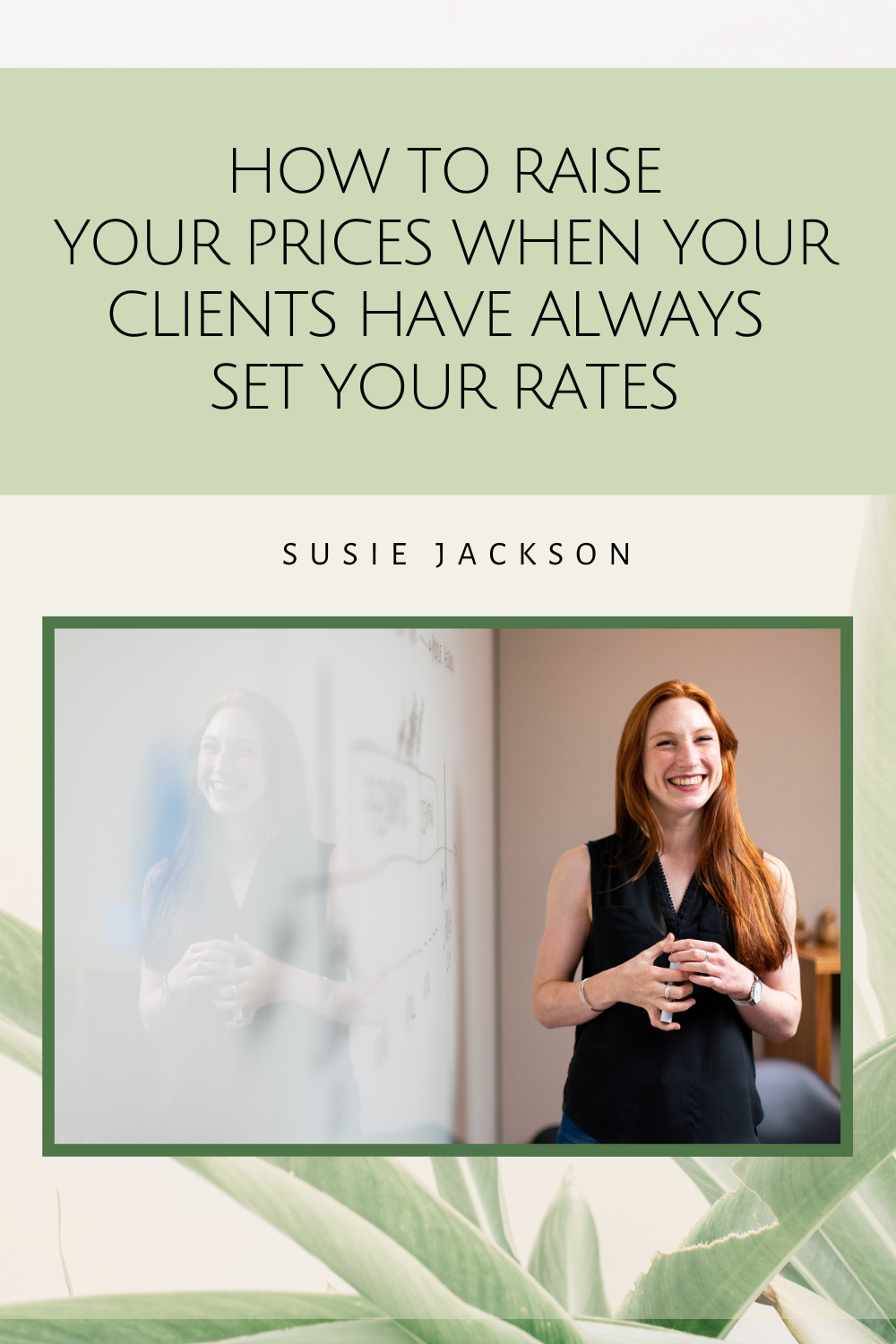Small Business Budgeting – The Different Types of Business Expenses (and How to Deal With Them!)
When it comes to small business budgeting, freelancers often find it difficult to keep on top of their business expenses. If you don’t have a plan in place, it can be very easy to overspend. And since you’re able to claim tax relief on your business expenses, it can be tempting to part with your money, even when you can’t really afford to.
This is why one of the first things I usually get my mentees to do is to create a budget and track their business expenses.
Having a budget enables you to both plan and record your expenses, making it easier for you to keep on top of them. Not only does this help you feel in control of your finances, it also encourages you to make conscious spending decisions and gives you an awareness of how much money you need to be making to cover your expenses without eating into your earnings too much.
In the past, I’ve shown you how to set a budget for your freelance business. This blog post expands on the previous one and looks at the different types of business expenses in more depth with the aim of helping you understand how to account for them in your pricing.
How to create a small business budget
As a general rule, I encourage all my mentees to take their spending on business expenses for what it is. In my experience, restricting your spending rarely works and only results in you feeling as though you’ve failed.
But a budget isn’t there to limit what you spend. In my opinion, the purpose of a budget is to ensure your needs and desires are accounted for in your rates so the viability of your business finances is not compromised.
The idea is that you use your budget to help make sure you’re able to cover your expenses through your pricing. And the way you’ll do this will depend on the type of business expenses we’re talking about.
There are 2 kinds of business expenses:
1) Fixed business expenses
Fixed expenses refer to all the things you have to pay for to run a business. These are all the expenses that come out of your own pocket as a small business owner.
Examples of fixed expenses include:
Software - any financial expenditure on programs such as Microsoft Office, Google Workspace, Dropbox, Calendly, and any accounting software you might use;
Insurance - professional indemnity and/or public liability insurance, as well as insurance against business interruption;
Training - courses and webinars to continually improve your skills and ensure you’re up to date with the latest methods and tools;
Outsourced unpaid tasks - these could include hiring a content writer for your blog, a translator for your website, or an accountant to help you submit your tax return.
When you’re creating a budget for your business expenses, you should only include fixed expenses. This is because these are the ones you always have to pay for yourself, and you’re usually able to predict them in advance.
By considering these expenses in your budget, you can make sure you’re charging rates that will allow you to cover them over the course of the year.
In terms of calculating your prices to reflect these costs, the method I teach in Charge with Confidence takes into account your fixed expenses, the number of hours you want to spend working, and the lifestyle you want to lead. This means that there’s no danger of you needing all your income to pay for your expenses and then finding there’s nothing left over for you!
2) Variable business expenses
Unlike fixed expenses, variable expenses are impossible to predict because they relate to the specific projects you take on. Variable expenses result from the services you offer and are associated with particular projects or clients.
Examples of variable expenses include:
Travel - costs that are associated with attending in-person meetings with your clients, carrying out work at a location related to a client project, or travelling to pick up equipment for a specific job;
Equipment and software - equipment or software that is only required for certain projects and is therefore hired/paid for at certain times;
Outsourced client work - this could include a proofreader for a job you're working on for a client, a translation in a language combination that isn’t your own, or any other task you outsource to someone else on behalf of a customer.
The cost of these variable expenses should always be incorporated into your quote and the final price you charge the client. This is because these expenses relate to the project in hand. You wouldn’t have incurred them had they not been necessary for the specific customer or project.
When it comes to calculating your prices to take into account any variable expenses, I always recommend using your standard rate and adding your variable expenses on top. In the method I teach in Charge with Confidence, your fixed expenses are already accounted for as part of your standard rate, which means that you’ll always cover both your fixed and variable expenses in any quotation you send.
Taking your expenses into account as part of your pricing strategy is essential if you want to develop a sustainable business that will be able to support both itself and you. You need to be making enough money to cover your costs, grow your business, and earn a decent living at the same time. Creating a budget and keeping track of your business expenses is the first step to ensuring you’re able to do all this.
If you’d like some help to create your business budget, I offer a free Business Budgeting Spreadsheet. It comes complete with written and video instructions to guide you through the process so you can get started straight away. All you have to do is fill it in!
Hi, I’m Susie
I mentor freelancers on pricing and business finances so you can earn a decent living doing what you love.
I’m a translator, editor, chocoholic, crochet addict, animal lover, and budding gardener (get it?) who loves empowering others to achieve their goals.















